Speaking at the conference, Mr. Tran Thanh Hai, Deputy Director of the Import-Export Department ( Ministry of Industry and Trade ) said that on October 9, 2025, the Prime Minister issued Decision No. 2229/QD-TTg approving the Strategy for developing Vietnam's logistics services for the period 2025 - 2035, with a vision to 2050.
“Up to now, this is the first logistics strategy issued by the Government. That affirms that logistics has been recognized as an important economic sector, playing a role in connecting and supporting other sectors. The issuance of the strategy also shows the State's strong interest in the goal of developing Vietnam's logistics services in the new period,” Mr. Tran Thanh Hai emphasized.
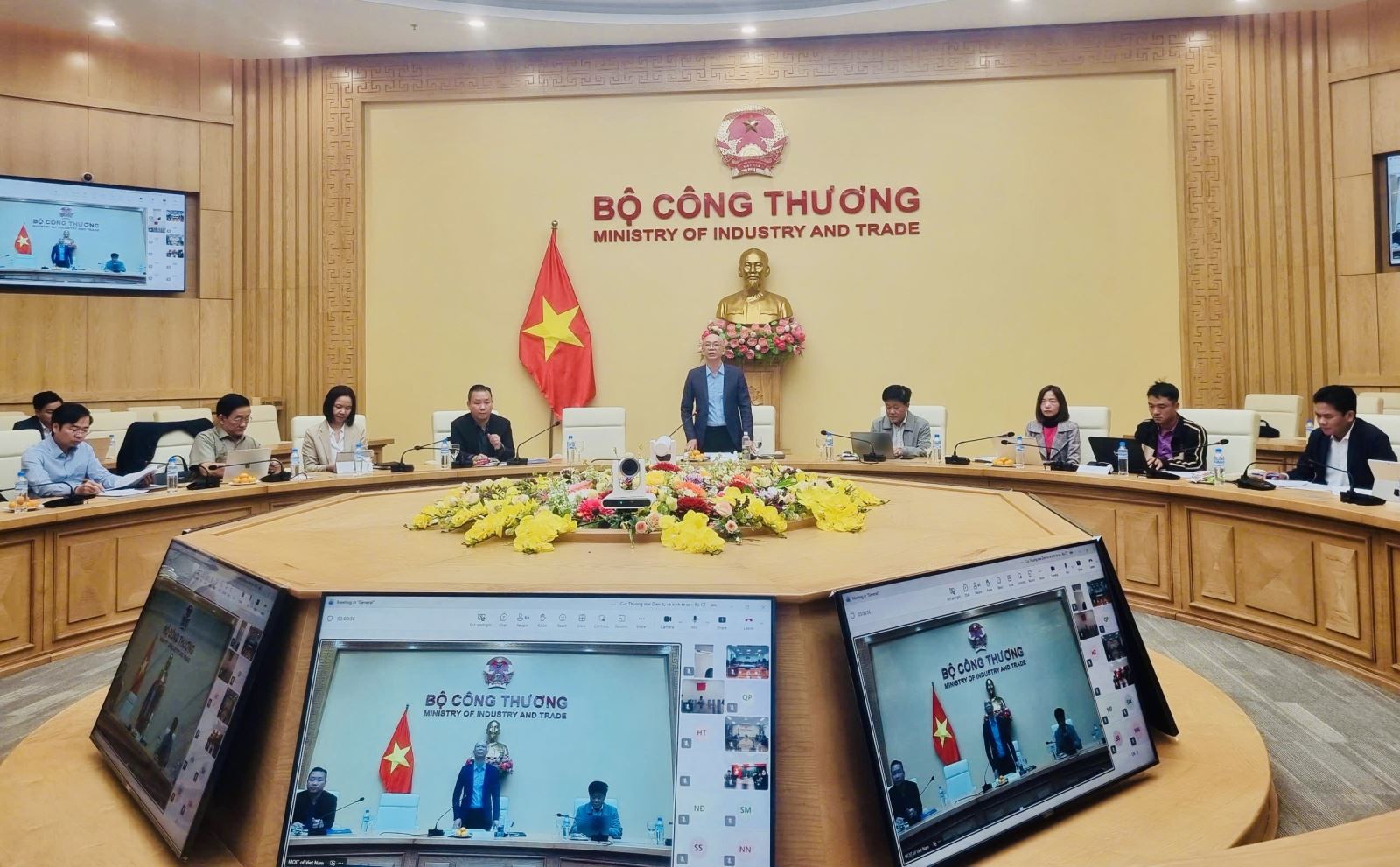
Providing more information about this strategy, Mr. Bui Ba Nghiem, senior expert, Import-Export Department, Deputy Head of the Strategy Drafting Board, said that the Logistics Services Development Strategy for the period 2025 - 2035, with a vision to 2050, marks the first time Vietnam has had a comprehensive strategic document dedicated to the logistics sector. This is not only an institutional improvement, but also clearly demonstrates the Government 's new awareness of the role of logistics in the modern economy.
Accordingly, logistics is identified as an important economic sector, capable of maximizing the capacity of localities, promoting regional, regional and international connections. Logistics is an essential service, playing a driving role in socio-economic development; at the same time, it is an industry with high added value, large knowledge content, aiming at a sustainable development model, effective in economy, society and environment.
The strategy requires logistics development based on modern infrastructure, including transportation, trade and technology. This is the foundation to ensure smooth connections between domestic and international regions, creating the premise for rapid and sustainable growth, while also being linked to the task of ensuring national defense and security.
Mr. Bui Ba Nghiem added that development perspectives emphasize taking advantage of geographical location, especially the potential of the marine economy; strengthening deep connections to the global supply chain through the application of science and technology, innovation, digital transformation and green transformation. People are placed at the center, with the orientation of building a high-quality logistics human resource team in the long term.
The targets for the period 2025 - 2035 are also clearly quantified: the contribution rate of logistics to GDP reaches 5 - 7%; growth rate 12 - 15%; logistics costs reduce to 12 - 15% of GDP; LPI ranking among the top 40 countries; forming 5 international-class logistics centers and 70% of the workforce is specialized. The vision to 2050 continues to raise the targets to a higher level, aiming for 10 international logistics centers and 90% of the workforce is specialized.
This is the orientation that creates the foundation for logistics to become one of the key industries, contributing directly to national competitiveness and the shift in growth model to knowledge economy, green economy, and digital economy.
To realize the big goals, Mr. Bui Ba Nghiem shared: The strategy identifies 9 groups of solutions and key tasks, ranging from institutions, infrastructure to people and markets: Perfecting legal institutions, reforming the investment and business environment, reviewing international commitments, adjusting tax, fee and public investment mechanisms, applying national and international standards and building a system to assess logistics competitiveness at the national, local and enterprise levels.
Along with that, focus on developing a synchronous and modern logistics infrastructure, including planning logistics centers, building free trade zones, logistics zones, smart warehouses, specialized warehouses; developing a fleet of container ships, a fleet of cargo aircraft and promoting the formation of international transit ports. The completion of the business environment serving logistics in e-commerce is also an urgent requirement.
Regional connectivity is emphasized in the third group of solutions, prioritizing the development of dynamic regions such as the Red River Delta, the Southeast and the Central region, with important growth poles including Hanoi, Hai Phong, Ho Chi Minh City and Da Nang. The strategy encourages the enhancement of traffic connections and multimodal transport services between regions and economic corridors.
The fourth and fifth groups of solutions focus on developing the logistics market and improving business capacity, through breakthrough investment attraction policies, extensive participation in international cooperation forums, organizing trade and investment promotion and supporting businesses in building a system of agents and representative offices abroad, connecting FDI with domestic enterprises.
In particular, focus on innovation, digital transformation and green transformation, form strong research centers, develop logistics technology market, promote the application of green logistics, reverse logistics and increase support for businesses to achieve sustainable growth certificates.
Human resources are focused on the seventh solution group, with the orientation of issuing a set of national vocational standards, expanding the scale of training, enhancing international cooperation and applying technology in teaching and human resource training.
Finally, promote the role of associations and pioneering enterprises in the logistics field, encourage the formation of strong, professional and highly competitive enterprises and other tasks such as strengthening information and propaganda, building a national database on logistics, compiling logistics indexes and organizing Vietnam Logistics Day and Vietnam Logistics Week.
Source: https://baotintuc.vn/kinh-te/trien-khai-chien-luoc-phat-trien-dich-vu-logistics-viet-nam-20251121164720018.htm



![[Photo] General Secretary To Lam receives President of the Senate of the Czech Republic Milos Vystrcil](/_next/image?url=https%3A%2F%2Fvphoto.vietnam.vn%2Fthumb%2F1200x675%2Fvietnam%2Fresource%2FIMAGE%2F2025%2F11%2F21%2F1763723946294_ndo_br_1-8401-jpg.webp&w=3840&q=75)

![[Photo] President Luong Cuong receives Speaker of the Korean National Assembly Woo Won Shik](/_next/image?url=https%3A%2F%2Fvphoto.vietnam.vn%2Fthumb%2F1200x675%2Fvietnam%2Fresource%2FIMAGE%2F2025%2F11%2F21%2F1763720046458_ndo_br_1-jpg.webp&w=3840&q=75)
![[Photo] National Assembly Chairman Tran Thanh Man holds talks with President of the Senate of the Czech Republic Milos Vystrcil](/_next/image?url=https%3A%2F%2Fvphoto.vietnam.vn%2Fthumb%2F1200x675%2Fvietnam%2Fresource%2FIMAGE%2F2025%2F11%2F21%2F1763715853195_ndo_br_bnd-6440-jpg.webp&w=3840&q=75)
![[Photo] Visit Hung Yen to admire the "wooden masterpiece" pagoda in the heart of the Northern Delta](/_next/image?url=https%3A%2F%2Fvphoto.vietnam.vn%2Fthumb%2F1200x675%2Fvietnam%2Fresource%2FIMAGE%2F2025%2F11%2F21%2F1763716446000_a1-bnd-8471-1769-jpg.webp&w=3840&q=75)
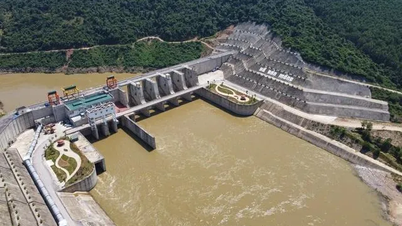



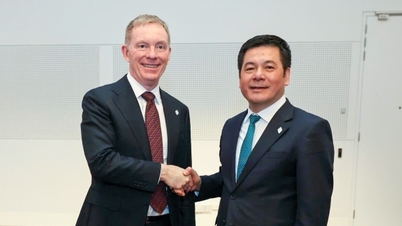

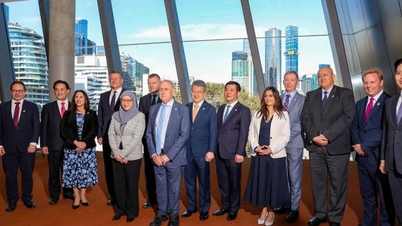





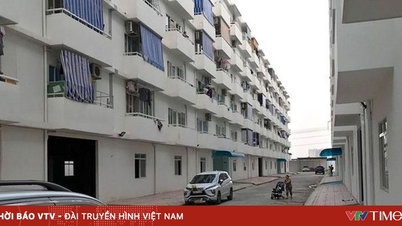








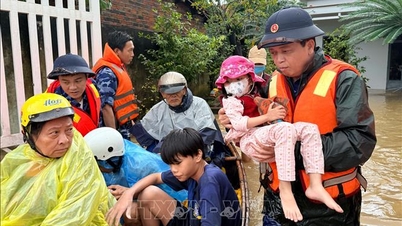
















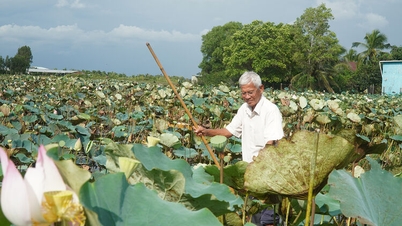











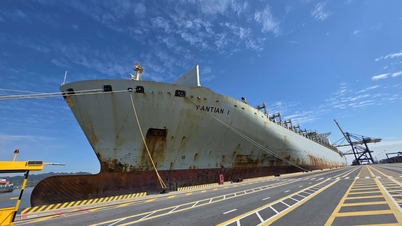




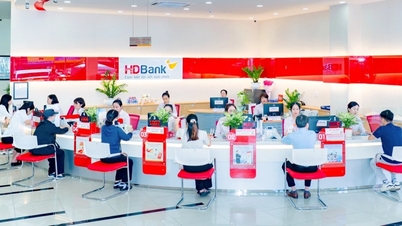










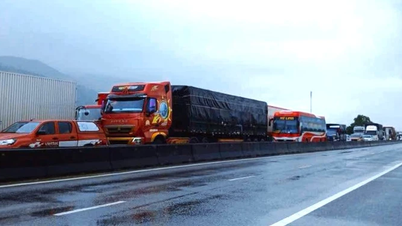



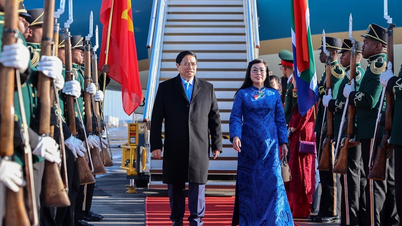

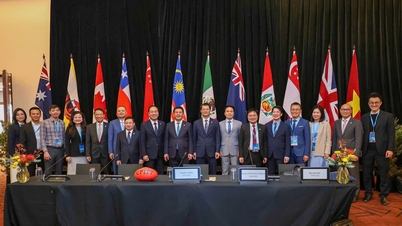
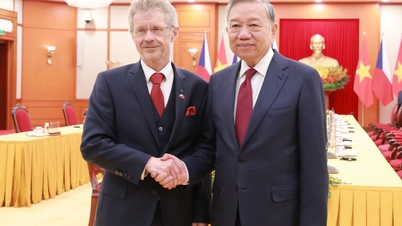



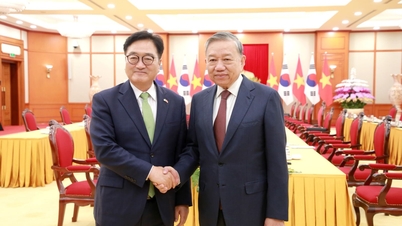



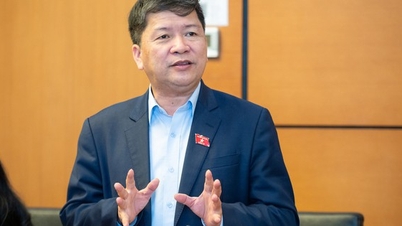





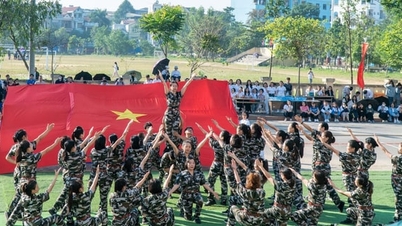















Comment (0)